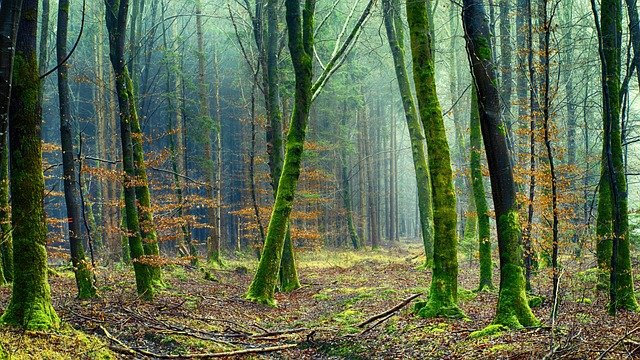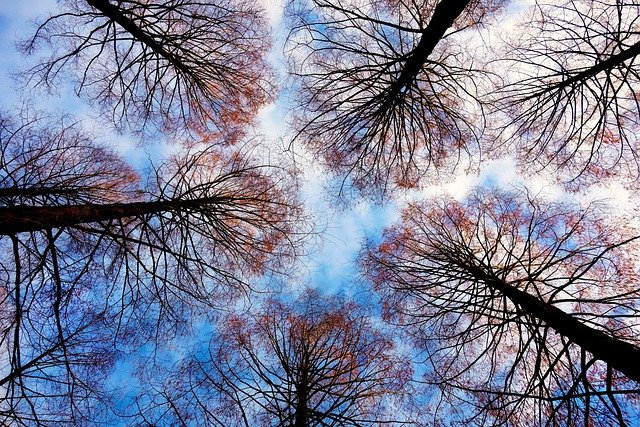
The Secret Lives of Urban Wildlife: Adapting
Urban environments are often seen as concrete jungles devoid of nature, but in reality, they are vibrant ecosystems bustling with wildlife. From the raccoons rummaging through trash cans to the hawks soaring above skyscrapers, urban wildlife has adapted in remarkable ways to thrive in these human-dominated landscapes. Let’s explore the secret lives of these resilient creatures and how they navigate the challenges of urban living.
The Adaptation of Urban Wildlife
1. Resourcefulness in Food Sourcing
Urban wildlife has become incredibly resourceful when it comes to finding food. Species such as raccoons, pigeons, and squirrels have learned to exploit human waste, bird feeders, and gardens. Their foraging strategies often involve:
- Scavenging: Many animals, like crows and raccoons, have adapted to scavenging from garbage bins and outdoor dining areas.
- Human Interaction: Some wildlife has become less fearful of humans, allowing them to take advantage of easy food sources.
2. Nesting and Shelter
Finding safe nesting sites is crucial for urban wildlife. Many species have adapted by:
- Utilizing Man-Made Structures: Birds like sparrows and pigeons often nest in building eaves, while bats may roost in attics or under bridges.
- Creating Burrows: Small mammals, such as rabbits and foxes, may dig burrows in parks or utilize abandoned lots for shelter.
3. Behavioral Changes
Urban wildlife exhibits unique behaviors that help them survive in bustling environments:
- Nocturnal Activity: Many animals, such as foxes and opossums, have shifted their activity to nighttime to avoid human encounters.
- Reduced Fear of Humans: Some species have become more tolerant of human presence, allowing them to thrive in city parks and residential areas.
The Impact of Urbanization on Wildlife
While urban environments offer new opportunities for wildlife, they also pose significant challenges:
1. Habitat Loss
As cities expand, natural habitats are destroyed, forcing wildlife to adapt to smaller, fragmented environments. This can lead to:
- Increased Competition: With limited resources, animals may compete more fiercely for food and shelter.
- Stress and Displacement: Many species are forced to relocate, which can lead to population declines.
2. Pollution and Health Risks
Urban areas are often rife with pollution, which can affect wildlife health. Key concerns include:
- Toxic Substances: Animals may ingest or be exposed to harmful chemicals, leading to health problems.
- Noise Pollution: Increased noise from traffic and construction can disrupt communication and mating behaviors.
Celebrating Urban Wildlife
Despite the challenges, urban wildlife plays a vital role in our ecosystems. Here are some ways we can celebrate and support them:
- Create Wildlife-Friendly Spaces: Plant native gardens, install bird feeders, and provide water sources to attract and support local wildlife.
- Educate and Advocate: Raise awareness about the importance of urban wildlife and advocate for policies that protect their habitats.
- Observe and Appreciate: Take the time to observe the wildlife in your area. Birdwatching, nature walks, and photography can help foster a deeper appreciation for these resilient creatures.
Conclusion
The secret lives of urban wildlife are a testament to nature's resilience and adaptability. By understanding and supporting these creatures, we can coexist harmoniously in our urban landscapes. Next time you spot a squirrel darting across the street or hear a bird chirping from a rooftop, take a moment to appreciate the incredible adaptability of wildlife in our cities. Together, we can create a more sustainable and wildlife-friendly urban environment.
Feel free to share your thoughts or experiences with urban wildlife in the comments below! 🦉🌳

All images are taken from the Pixabay.com